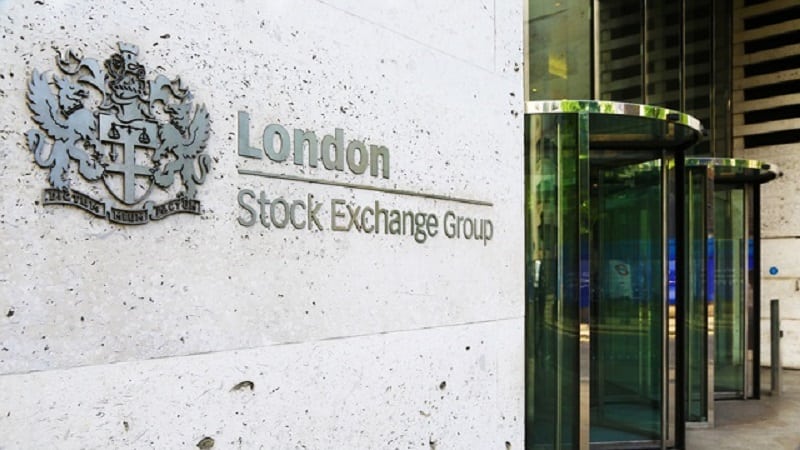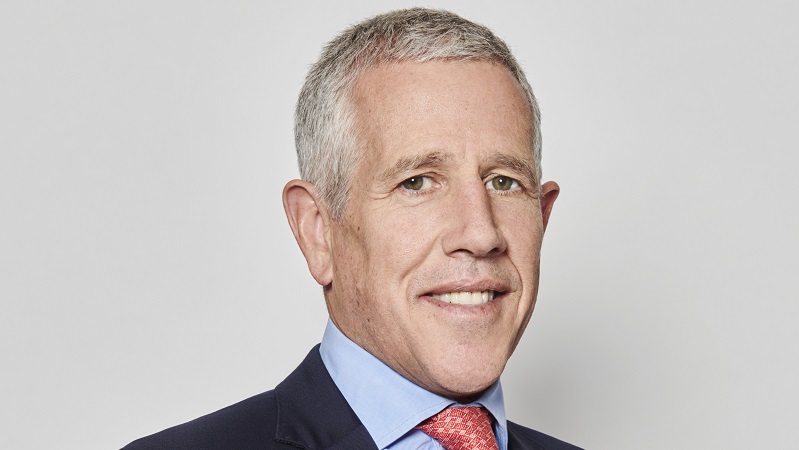The ECB’s motives appear to have been two-fold. Firstly, the potential for deflation continues to trouble Eurozone policymakers and Mario Draghi wants to be shown to be holding true to his promise of doing ‘whatever it takes’ to save the Euro. The second is that the ECB is keen for the Euro to move lower after a period of stronger performance over the summer.
Azad Zangana, European economist at Schroders says: "The ECB is clearly concerned about the recent strength of the Euro, and the way it has lowered import prices and local inflation. The problem of low inflation and higher loan interest rates to households and business is most acute in the crisis hit peripheral Eurozone member states. However, we doubt the latest rate cut will have any impact in lower loan interest rates in these countries, as those banks do not hold adequate capital to lend, regardless of the interest rate." The rate cut may prove to be tokenistic for currency markets.
Equity markets normally respond well to any form of monetary easing, but have sold off since the ECB announcement. However, Trevor Greetham, director of asset allocation at Fidelity Worldwide Investment says that the cut will ultimately be positive for global equity markets.
"Global growth is picking up but no central bank is anywhere close to raising rates…A sharp rise in inflation would change things but there’s not sign of it. If excess capacity and the structural slowdown in China keep putting downward pressure on commodity prices then the current economic expansion could last into 2014 and beyond.”
The move was not widely welcomed by bond managers, although in theory it should support bond yields. Yields on the 10 year bund and gilt rose marginally, rather than falling further as might be expected. Scott Thiel, head of the Global Fundamental Fixed Income team at BlackRock, said that the move was likely to create instability in bond markets from here: "Until yesterday’s surprise ECB move, fixed income markets had stabilised somewhat over the last month following the period of volatility around the US Federal Reserve (Fed)’s September meeting. Market consensus is now for the reduction or ‘tapering’ of its asset purchase programme to begin in March. We believe this presents further scope for volatility."
Bryn Jones, head of fixed income at Rathbone Unit Trust Management, says that the move was the ECB pressing the panic button and was a signal that the Eurozone remains in a mess. He is holding high cash levels and says significant deleveraging is still required in Europe and it is difficult to know what this rate cut is likely to deliver.
Neil Williams, chief economist at Hermes Fund Managers, agrees that it is ‘too little and far too late."Equally, it may not have the economic impact policymakers hope. He believes that the Eurozone may be ‘pausing’ rather than ‘recovering’ from its lengthy recession: He points out some of the remaining problems: "Greece needs an extra €3-4bn, Cyprus’ terms need reviewing, while Portugal needs to extend its existing bail-out beyond mid-2014, given poor growth and obstacles to market funding. So, restructuring risk is not yet removed – no matter how punctuated the recession, or how effective Germany’s new coalition will be."










